The content of the article
An interesting criterion is exhibited on bottles of a sparkling drink. In addition to the bottling date and the recommended shelf life, there is a line stating that the storage period is unlimited. From a technical point of view, if at the opening of the bottle the aroma of the grapevine is preserved, there is carbonation and there is no bitter aftertaste, then the drink is considered usable, but there are certain nuances.
Champagne Characteristics
When buying a bottle of sparkling drink for the festive table, it should be remembered that, strictly speaking, inside is just sparkling wine. Real champagne is made only in the French province of the same name through secondary fermentation in bottles under certain conditions. For it, grape varieties Pinot noir and Chardonnay are taken. The manufacturing technology is complex, requires strict adherence to the recipe, it takes a lot of time. Not surprisingly, 1 bottle is very expensive and belongs to the collection of wines.
Production Features
For mass production, a completely different technology is used, involving the enrichment of carbon dioxide in tanks. The difference from a real branded drink is that elegant bubbles form before capping in a container, in real champagne - after.
In fact, for inexpensive varieties, the rule of unity of raw materials is not maintained. As in inexpensive table wines, mixed species are used, without distinction of cultivation area.
Such wines are not stored for a long time, every year their taste is deteriorating. Manufacturers are reinsured, defining a framework of no more than 12 months. In fact, a hermetically sealed drink retains its original qualities for 2-3 years. For real champagne brands Crystal and Dom Perignon, the shelf life is often limited to 10 years, individual types are stored for 25 years, after which taste and aroma can change.
Storage conditions
For collection wines, the conditions of aging and storage of the finished product are very important. The wine cellars maintain a certain temperature, the humidity level is about 75%, the bottles are placed on special racks with a clearly calibrated angle. Champagne requires extra care as the bottles are rotated clockwise regularly.
Sparkling species are not so sensitive to conditions. They are placed vertically in boxes or cardboard boxes, stored at a cool temperature, preventing overheating and freezing of the product.
Types of Sparkling Drink
Shelf life directly depends on the sugar content and type of raw materials. Brutu is given 6 months, semi-sweet retains qualities up to 2 years. The lower the sweetness, the shorter the quality guarantee period.
Important: distinguish shelf life and storage, the first is not limited.
Sparkling drink is divided by color: white, red, pink and sugar content. Kinds:
- brut;
- semi-dry;
- semisweet;
- dessert;
- sweet.
The most popular is semisweet, ideally combined with meat, fruit snacks and sweet desserts.
Quality definition
Price is not always an indicator of quality, so when choosing pay attention to:
- the presence of a batch of alcohol certificates;
- country of origin;
- appearance of the bottle;
- the integrity of the layer of foil covering the cork;
- the presence of the necessary information on the label.
Particular attention is drawn to the inscription, where it should be indicated that the wine is “sparkling” and not “sparkling”. The price limits of a quality drink are 400-650 rubles. To purchase more expensive types, it is better to go to a specialized liquor store.Sparkling wines of producers from Russia, Spain, Germany, Argentina, Chile are popular. France also supplies inexpensive varieties with a pleasant taste to the domestic market.
How to understand that champagne is spoiled
The history of many food poisoning begins with the words "what will happen to him in the refrigerator." The wine should be stored in certain conditions, the main requirements include the constancy of temperature and high humidity. At home, it is impossible to provide the necessary indicators if there is no personal wine cellar. Quality indicators are:
- Lightweight cotton when opening the bottle.
- A little light haze.
- Fluid transparency.
- Pleasant fruity smell with a touch of grapes.
- An even layer of bubbles rising to the surface of the glass.
A spoiled drink becomes cloudy, the aroma of sour dough is mixed with the smell, the taste gets bitter, the aftertaste gives away mold, sometimes a distinct aftertaste of vinegar appears. Do not try the wine, which stood in the room in an open bottle for more than 2 days, even if the shelf life has not yet expired.
The main reference points in the matter of the suitability of the drink will be taste sensations. If the shelf life is exceeded for a long time or the container is not tight, there is a risk of food poisoning in mild or moderate form. But if the cork is not deformed, the bottle was not heated or frozen, a characteristic sound sounded at the opening, the taste and aroma did not acquire extraneous shades, then you can drink champagne.
Video: how to choose and drink champagne

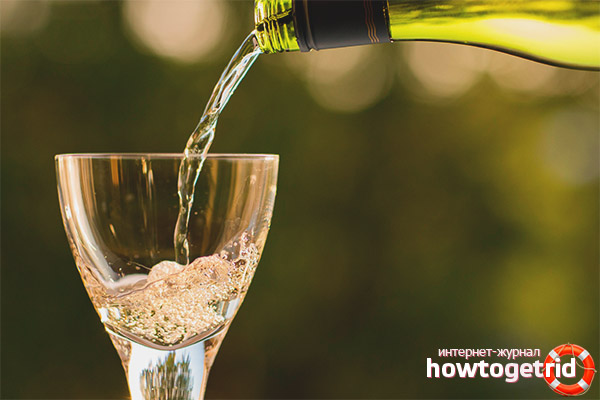
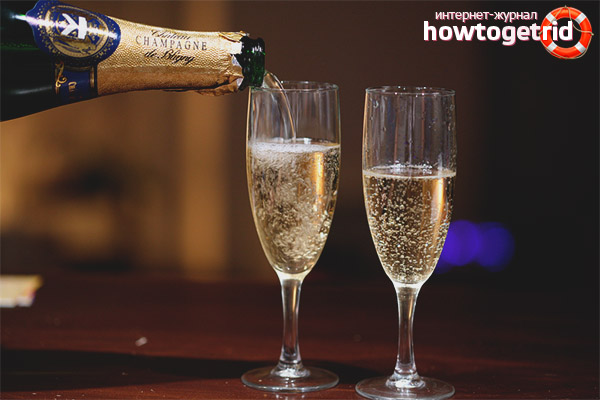
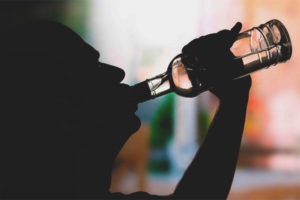
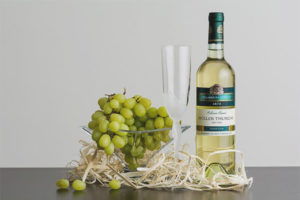

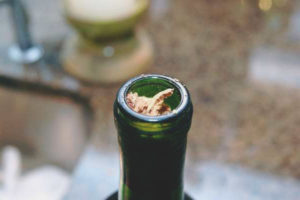
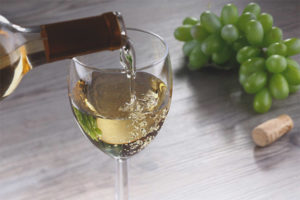
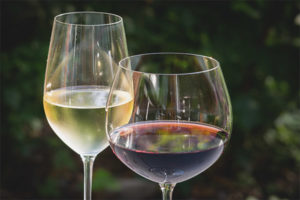
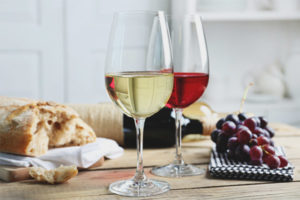
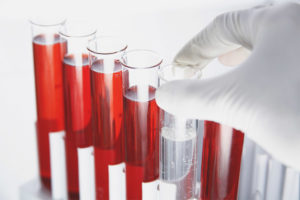
Submit